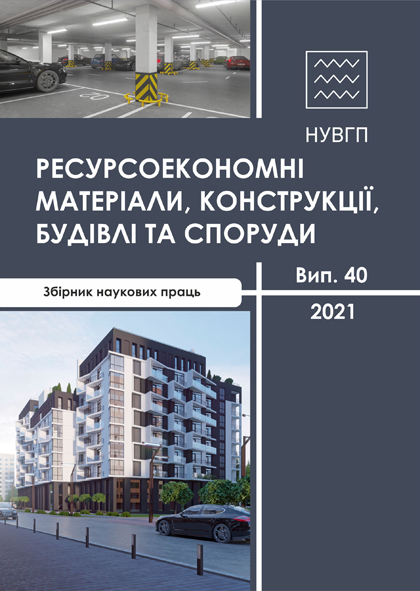ENSURING THE DURABILITY OF RIGID PAVEMENTS TO HIGHWAYS THROUGH THE USE OF DISPERSED REINFORCEMENT
DOI:
https://doi.org/10.31713/budres.v0i40.023Abstract
The development of highway construction began in the late ХІХ century in Germany, Scotland, France and the United States. According to the XXI World Road Congress, the length of the cement concrete roads network in the United States is 35% of the total length and 60% of the highways length.
One of the main disadvantages of cement-concrete pavement is the of temperature stresses occurrence that lead to the formation of transverse cracks in the monolithic pavement. To prevent this, the transverse expansion and contraction seams are cut in the pavement and the pavement is reinforced. Reinforcement of concrete leads to a corresponding increase in tensile strength of the material. The use of reinforcement in road construction leads to a significant increase in the cost of the pavement structure. That is why there is a problem of maximum metal consumption reduction and its rational use in road structures. One of the ways to reduce costs in the cement-concrete pavements construction is the use of reinforced synthetic fibers (fiber concrete).
The method of rigid pavement calculation reinforced with fiber is given. The calculation technology and cement-concrete pavement construction is a complex process. The calculation is performed on the limit states that determine the loss of the structure performance, based on the calculation schemes.
During the calculation, the pavement thickness and the base layers, the distance between the expansion seams and the diameter of the pins in the seams are determined.
Rigid pavement, as well as elastic pavement is calculated by the reliability coefficient. When calculating rigid pavement for repeated action of moving short-term loads, the duration of the stress-strain state is assumed to be equal to 0.1 s. Therefore, the calculations take the values of the materials mechanical characteristics and subgrade soil for a load lasting 0.1 s.

